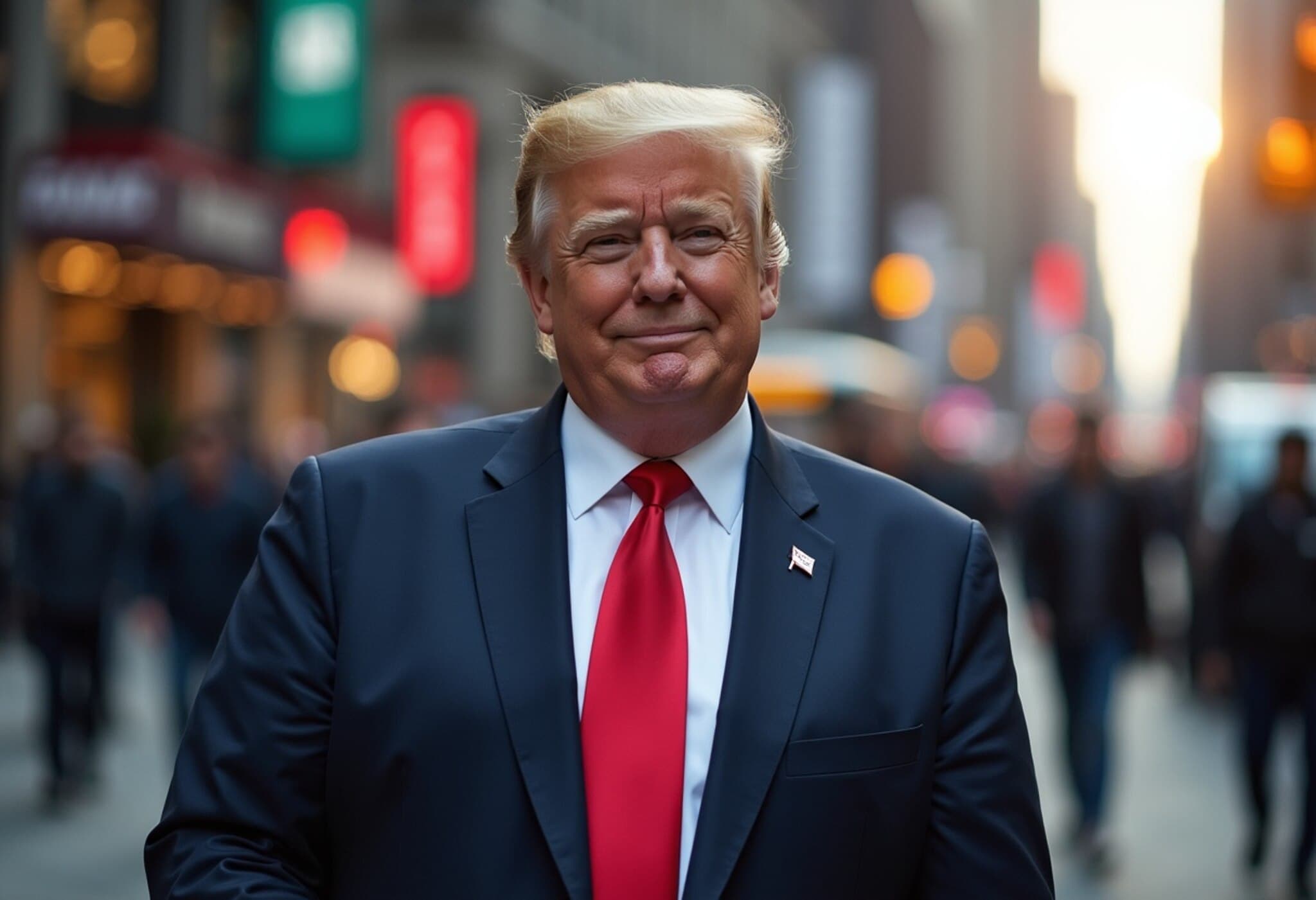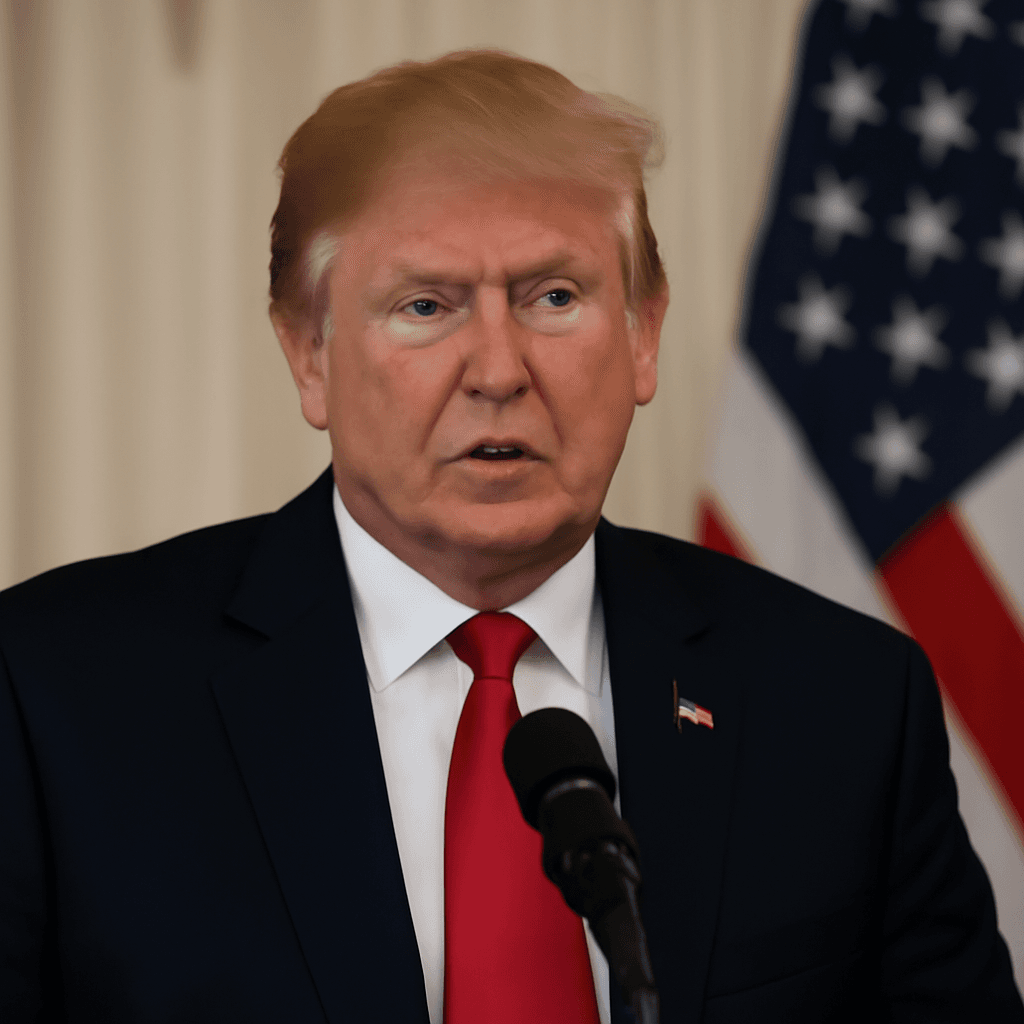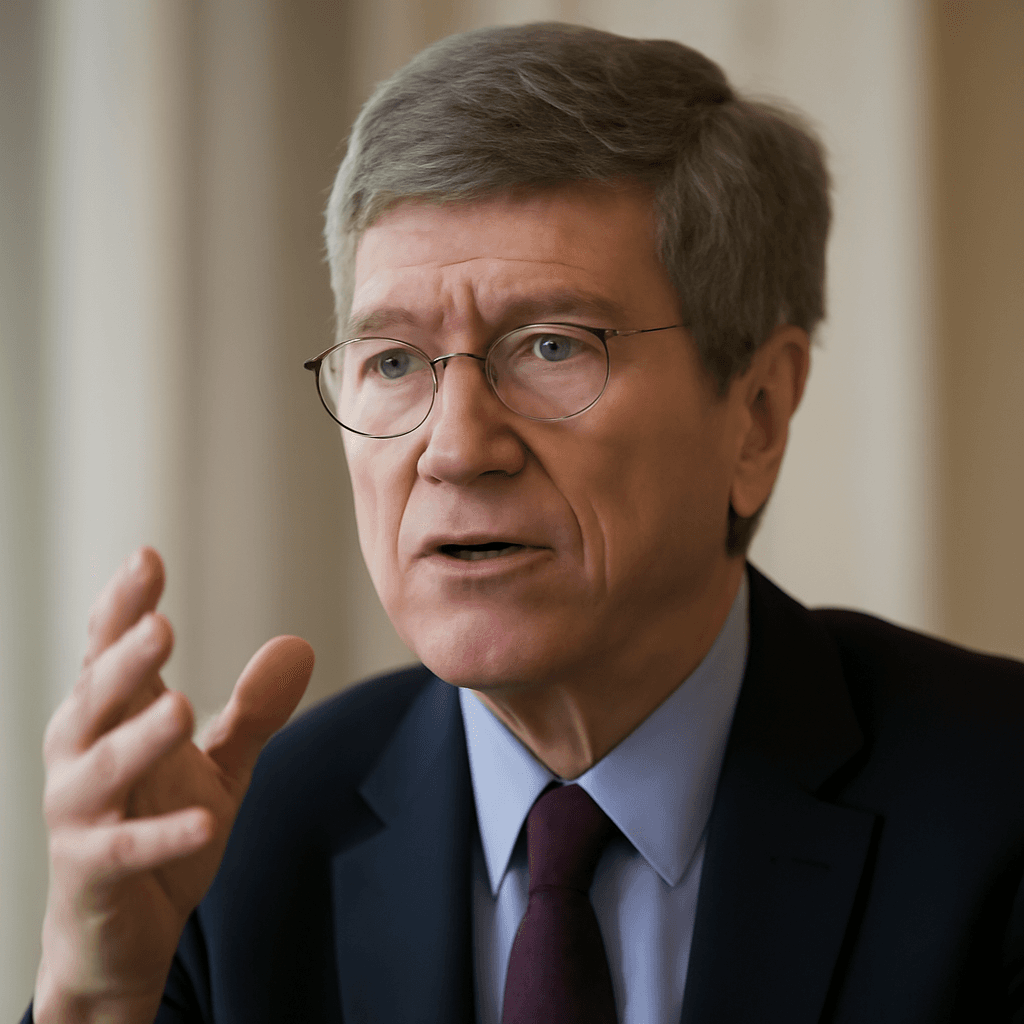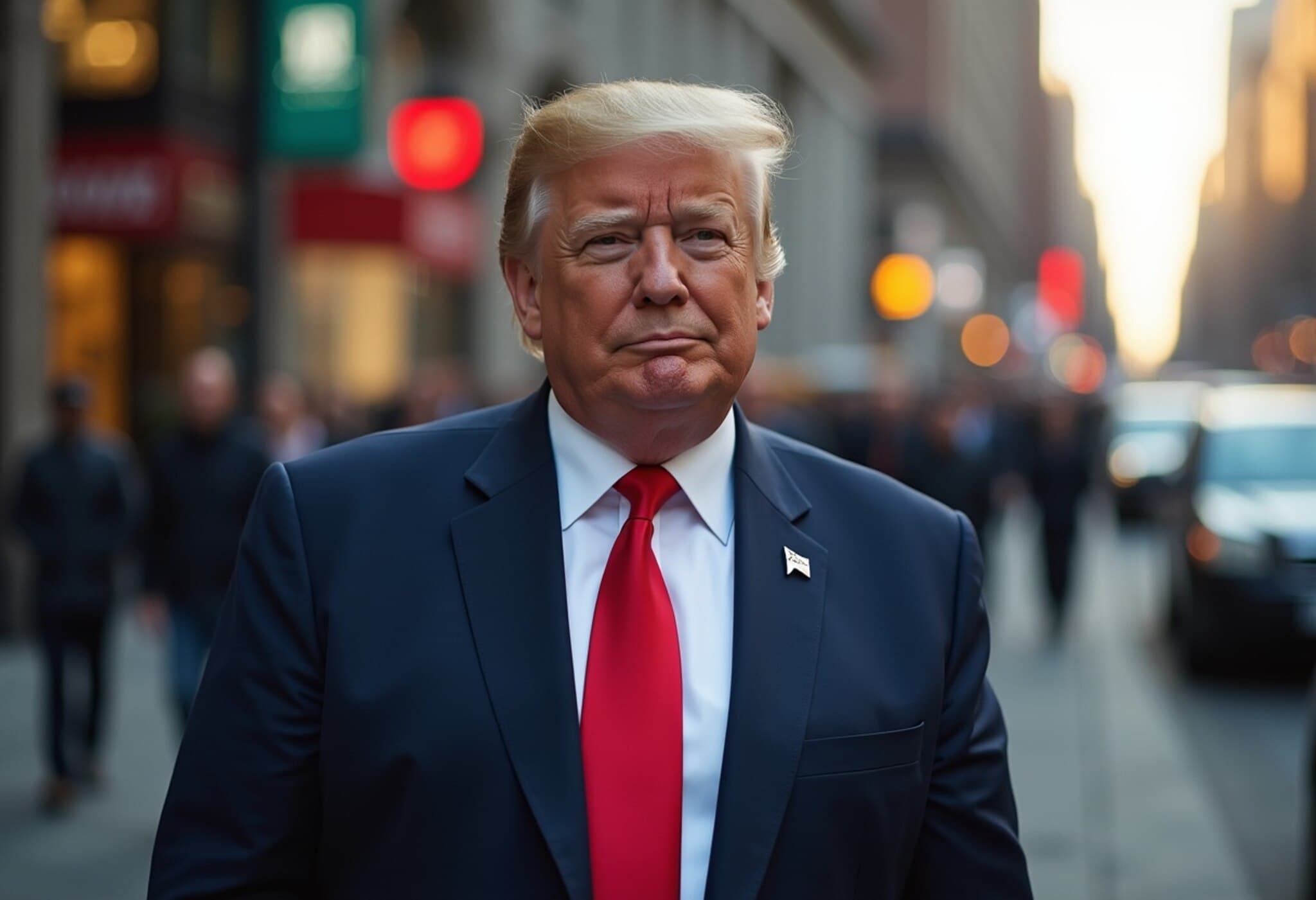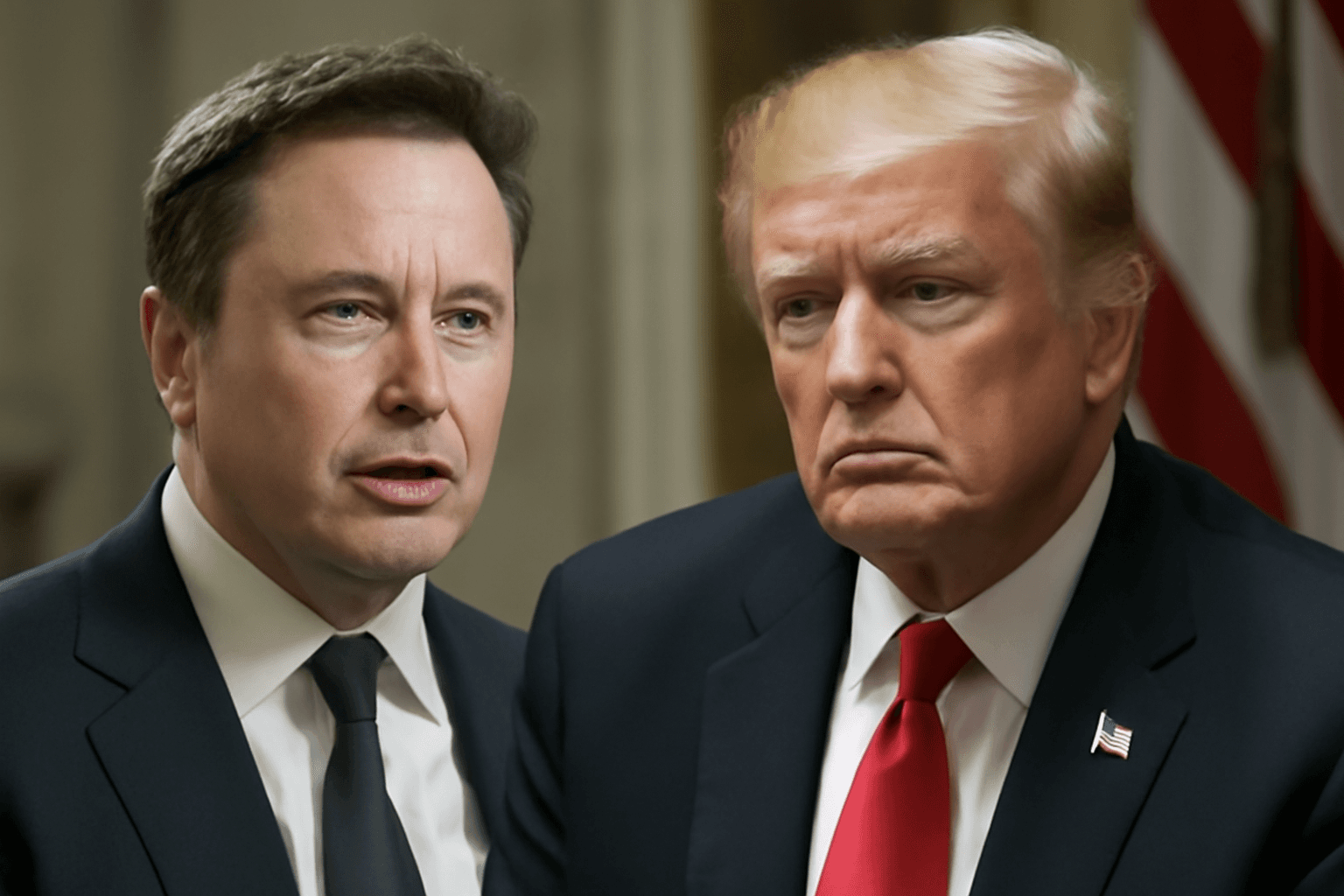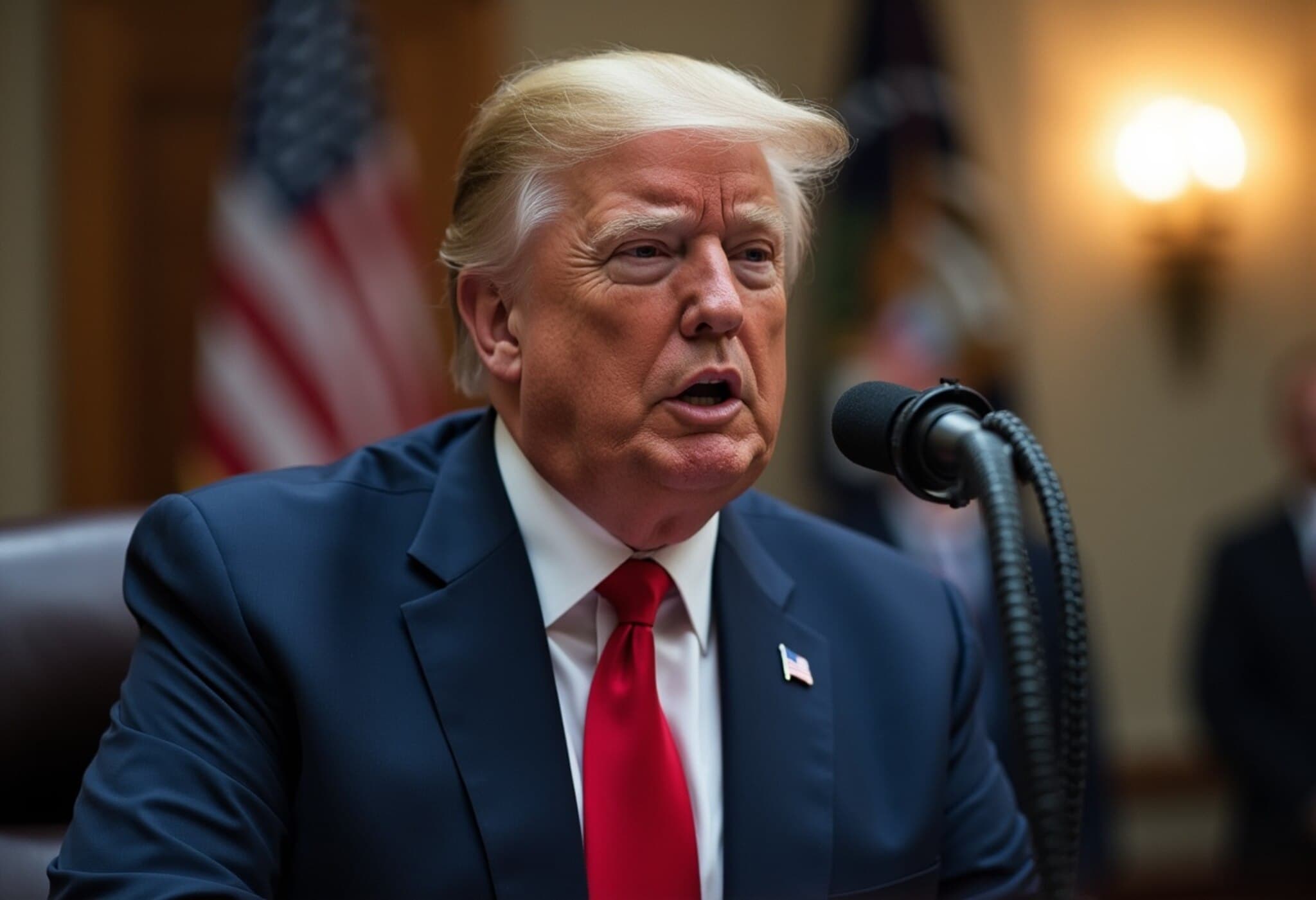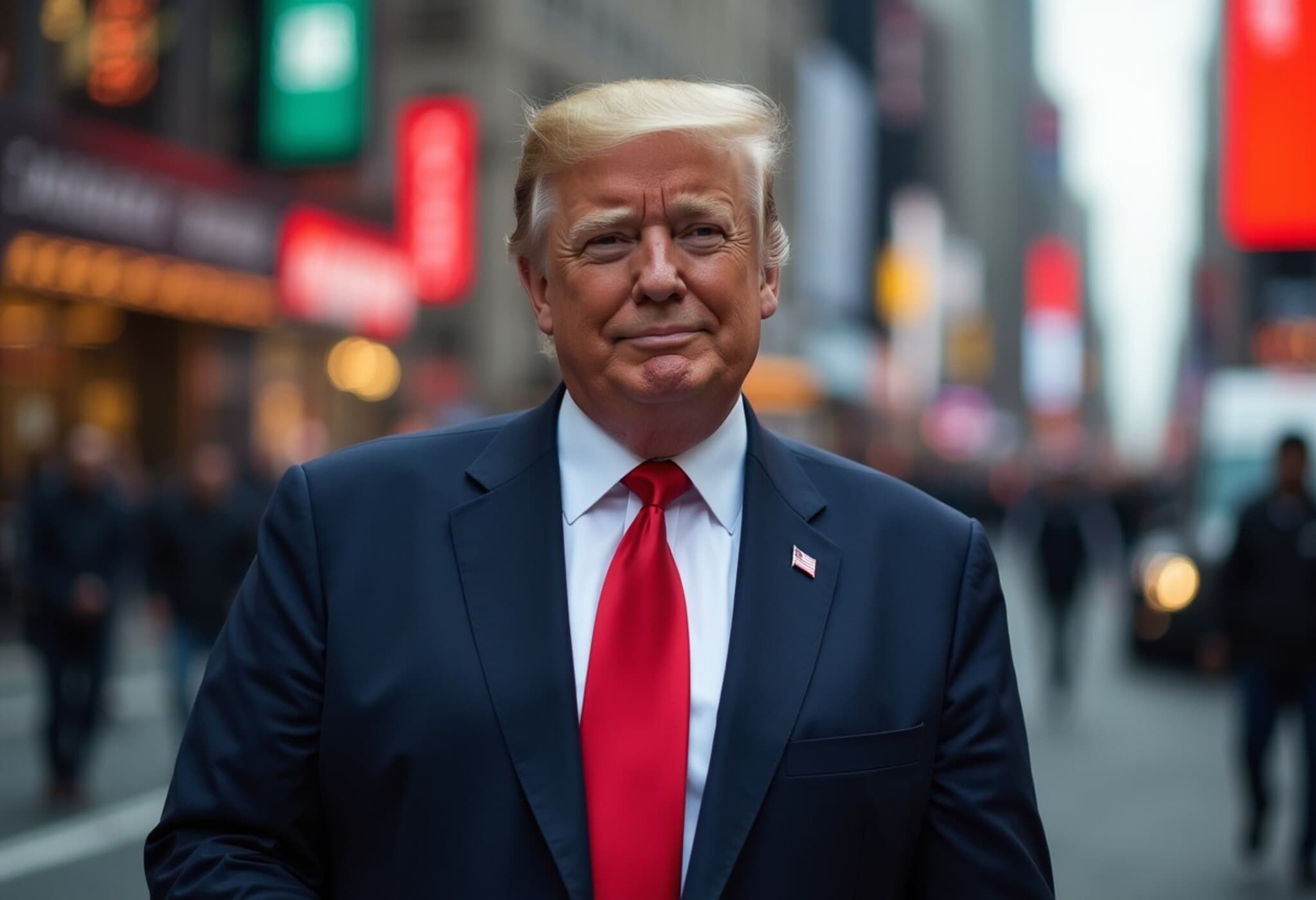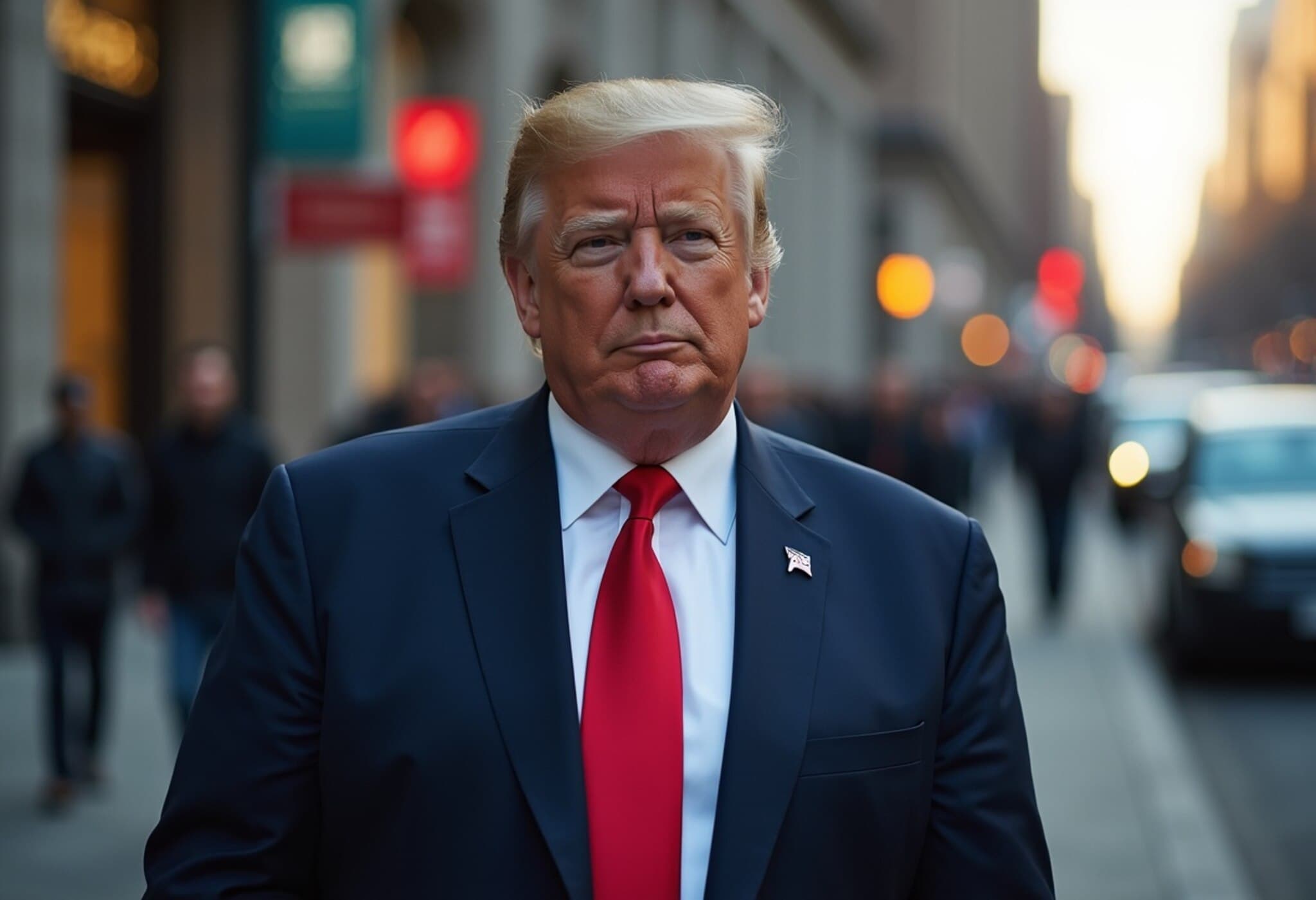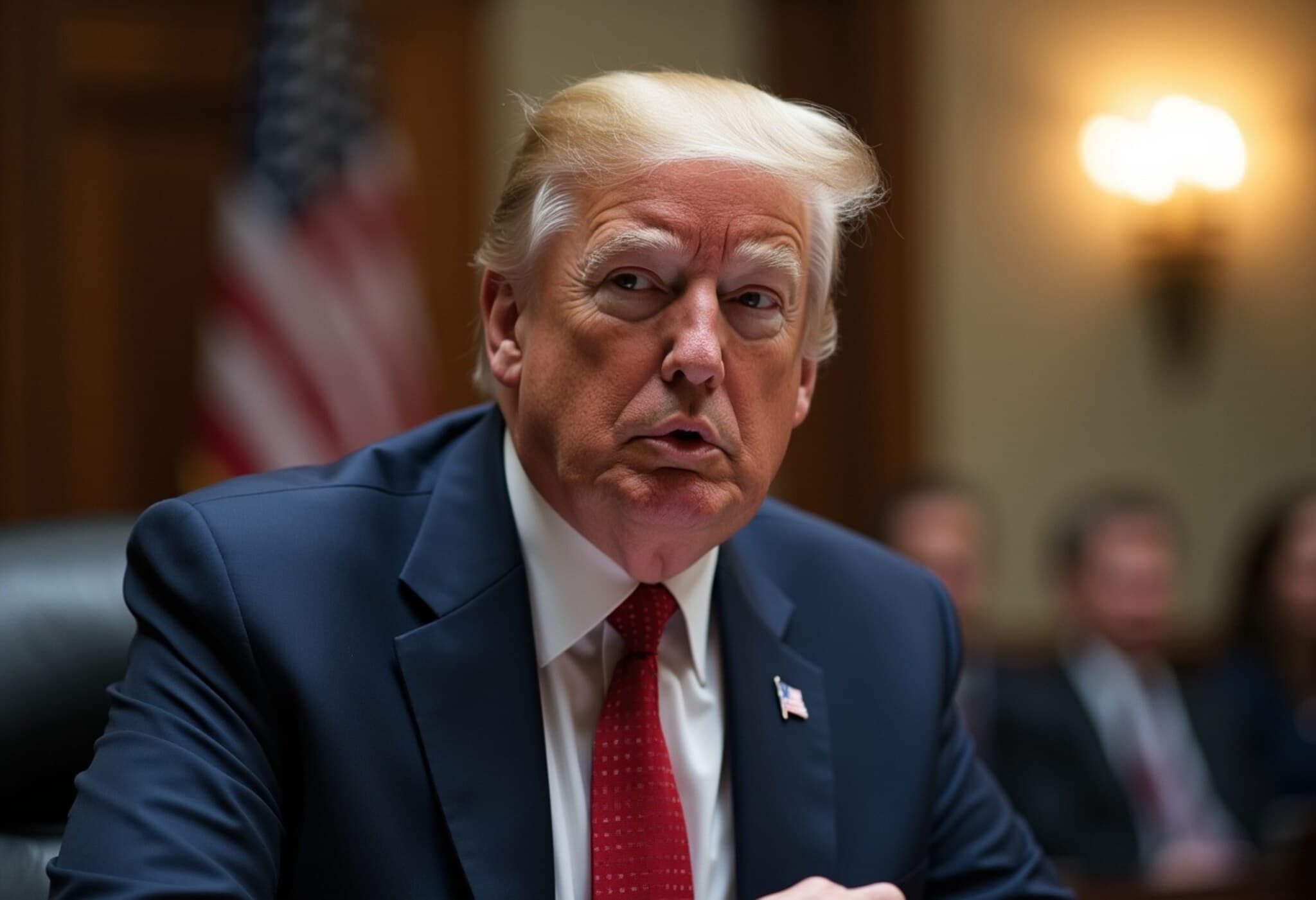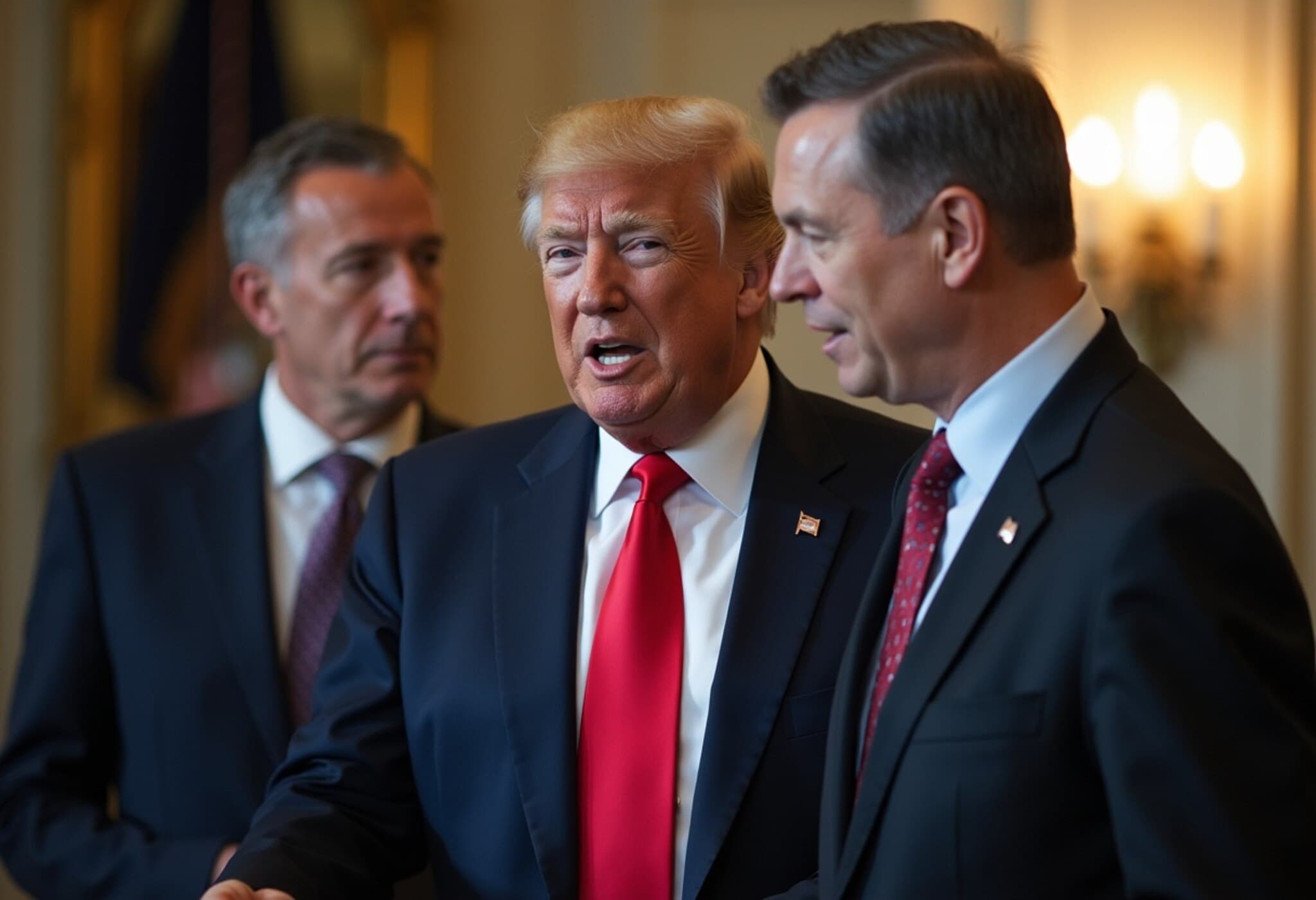Understanding the ‘One Big Beautiful Bill’ and Its Market Impact
The recent ‘One Big Beautiful Bill’ (OBBB) has stirred diverse reactions across Wall Street, heralding what many see as a defining moment in U.S. economic policy. Far from a typical stimulus package, this bill ushers in a new phase where fiscal strategy takes center stage in steering the nation’s economic future.
The Shift from Monetary to Fiscal Muscle
Peter Andersen, founder of Andersen Capital Management, dubs the OBBB a "pivot point" signaling a strategic transition. The United States is moving away from its recent reliance on accommodative monetary policy—characterized by near-zero interest rates and aggressive bond purchases by the Federal Reserve—toward a model embracing deliberate government-driven spending.
For investors like Andersen, infrastructure emerges as a linchpin of this new approach, but it is far broader than mere roads and bridges. "It's about national security that includes technological resilience—firewalls, data protection, and cybersecurity," he explains. The bill earmarks roughly $150 billion for defense-related initiatives that bolster manufacturing in defense, artificial intelligence, and cyber capabilities.
Cybersecurity: America’s New Frontier
Echoing a growing consensus, Andersen highlights cybersecurity as the strategic equivalent of a frontline battleground. His portfolio favors cybersecurity leaders such as Palo Alto Networks and CyberArk, alongside industrial players like United Rentals, which supports manufacturing sectors potentially benefiting from these investments.
Industrials, Technology, and the Next Fiscal Supercycle
Tat Wai Toh from RBC Wealth Management Asia interprets the OBBB as the dawn of a "fiscal supercycle," emphasizing structural industrial policy reshaping the economy rather than short-lived stimulus.
He pinpoints five critical pillars: artificial intelligence, defense, logistics, electrification, and infrastructure. RBC's overweight positioning targets sectors that "dig, build, ship, power, and protect," including heavy electricals, oilfield services, defense contractors, and banks expected to benefit from increased loan demand tied to economic activity.
Similarly, Robert Teeter of Silvercrest Asset Management underscores the bill’s incentives designed to spur capital investment in U.S. manufacturing—with full expensing provisions for research and development and factory infrastructure standing out. These efforts ripple out to the tech ecosystem, particularly firms involved with AI hardware and software deployment.
Dissenting Voices: Is the Bill Overhyped?
Despite widespread optimism, not everyone shares the exuberant outlook. Hedge fund manager Cody Willard considers talks of the OBBB being transformational as “too optimistic.” He views it as a continuation of ongoing fiscal largesse and infrastructure promises without guaranteed fundamental change.
From a macroeconomic perspective, Paul Wong of Sprott Asset Management warns about the risks of "fiscal dominance," where monetary policy remains subordinated to the government's borrowing needs. He forecasts a scenario marked by low or negative real yields, sustained weakness in the U.S. dollar, and a pivot toward real assets—including gold, oil, and real estate—as long-term winners.
Sprott’s portfolio, which leans heavily on precious metals such as gold and silver, aims to capture these trends. Moreover, it includes strategic holdings in uranium, copper, and rare earth elements, aligning with global shifts in energy policy and geopolitical dynamics.
Winners and Losers: Sector Winners Outlined, Clean Energy Cautioned
While the OBBB offers clear tailwinds for industries like defense, industrials, energy infrastructure, and technology, it also signals headwinds for some sectors. Investors, including Andersen and Teeter, voice caution regarding clean technology.
- The bill accelerates curtailing tax credits for solar and wind projects, imposing tighter eligibility deadlines.
- New restrictions bar projects linked to certain foreign entities, notably those connected to China, Iran, and Russia, signaling geopolitical tension explicitly intertwined with energy policy.
RBC’s Toh further notes pressures looming over hospitals and managed care due to reimbursement challenges, which investors should monitor closely.
Implications for U.S. Investors and Policymakers
The OBBB underscores the complex interplay between economics, geopolitics, and technological innovation. For the American investor, recognizing these shifts means recalibrating portfolios towards sectors well-positioned to benefit from government priorities in security, infrastructure, and advanced manufacturing.
Policy-wise, the bill reflects a strategic turn to fiscal measures to achieve goals previously reliant on monetary policy, raising critical questions about debt sustainability, inflation control, and longer-term economic resilience.
Editor’s Note
The ‘One Big Beautiful Bill’ is more than legislative text—it's a signal of America’s shifting economic paradigm. While investors debate its true impact, the bill foregrounds cybersecurity, industrial revitalization, and defense innovation as pillars of future growth. Simultaneously, challenges around clean energy incentives and fiscal discipline remain unresolved.
Will the U.S. successfully pivot from monetary stimulus to sustainable fiscal policy? And how will this shift influence global economic dynamics amid rising geopolitical tensions? These remain critical questions for policymakers, investors, and citizens alike as the fiscal era unfolds.

